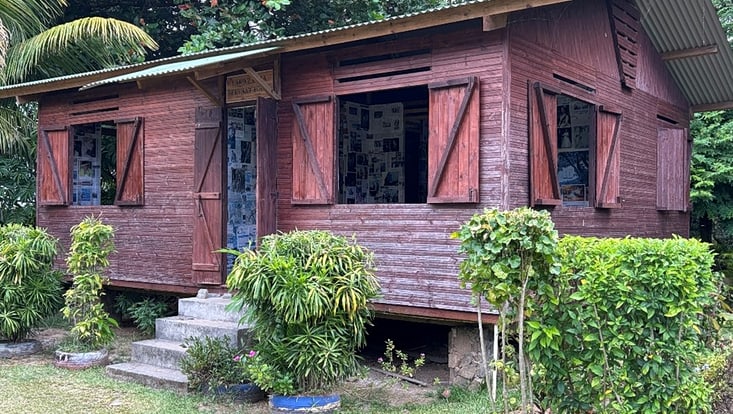Snapshot Seychelles No. 7
3 February 2025

Photo: B. Ratter
Encroaching seas are a constant threat along the coasts. Being resilient means dealing with these stressors – resisting, and making the system operational again after a disaster.
Beate Ratter researches the societal resilience in the Seychelles. She reports:
“Traditionally, houses here are built on stilts, which is typical of the architecture of many tropical island societies. The sea is a permanent threat along the coasts, and people have historically made their homes more resilient by using stilts. However, due to the rapid modernization of recent decades, houses are no longer built from wood or on stilts. In the capital, Victoria, there are even numerous multi-storey apartment buildings reminiscent of “Plattenbauten“.
The socialist government of the Seychelles People’s Progressive Front (SPPF) from 1979 to 1991 shaped the cityscape and society. It enabled general access to education and healthcare, and introduced numerous environmental protection schemes.
A culture seems to have developed in which more and more responsibility is transferred to the state. The government ensures that garbage is collected, electricity and water are supplied, coasts are protected, and conservation projects are implemented. International money flows into the country as development aid or climate adaptation assistance. Good measures, which, however, displaced some of the traditional practices and individual initiatives to improve resilience.
Seychelles became the most developed country in Africa. The number of ongoing projects in the country is breathtaking. At the same time, the Seychellois are witnessing one corruption scandal after another, with the political elite enriching themselves in questionable deals. Disenchantment with politics is coupled with ascribed state responsibility. Little is expected of the elections in September, I often heard: nothing will really change anyway, no matter who wins.”
